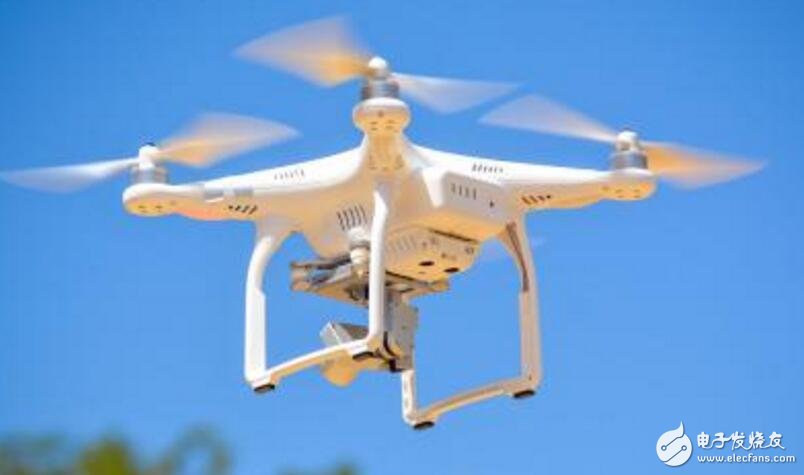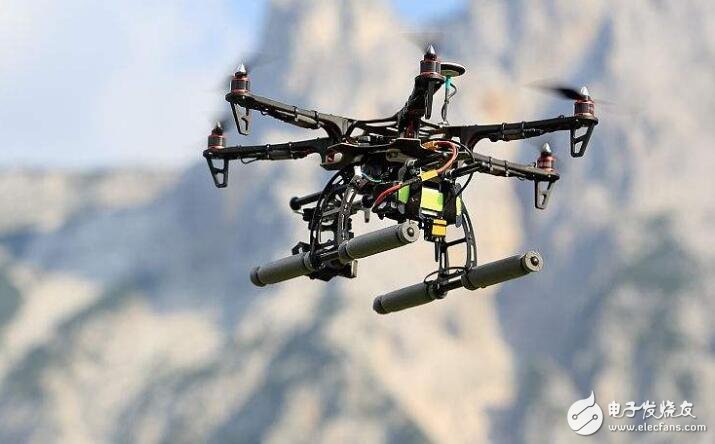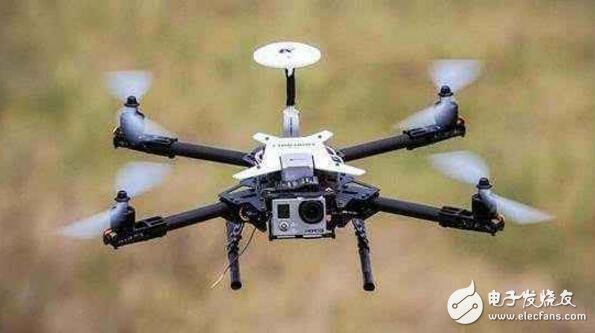The drone is abbreviated as "UAV", abbreviated as "UAV", which is a non-manned aircraft operated by radio remote control equipment and self-contained program control device, or operated autonomously by the onboard computer completely or intermittently. The UAV can realize the acquisition of high-resolution images. While making up for the shortcomings of satellite remote sensing, which often cannot obtain images due to cloud occlusion, it solves the problems of long period of traditional satellite remote sensing revisiting and untimely response. The drone system consists of an aircraft platform system, an information acquisition system, and a ground control system. The original generation was dominated by reconnaissance aircraft, and some drones were already equipped with weapons (such as the RQ-1 Predator equipped with the AGM-114 Hellfire-to-Earth missile). The military anticipation of more roles by drones was initially bombing and ground attack, air-to-air combat, and the final area of ​​the pilot. UAVs equipped with weapons are known as unmanned combat aircraft (UCAV). A new generation of drones can be launched and reclaimed from a variety of platforms, such as ground vehicles, ships, aircraft, suborbital aircraft and satellites. The ground operator can verify its program through a computer and change the heading of the drone as needed. Other more advanced technical equipment, such as advanced eavesdropping devices, radar penetrating the leaves, and micro-spectrometer devices that provide chemical capabilities, will also be installed on drones. (1) Start interface: Quickly realize the planning of tasks, enter the task monitoring interface, realize fast and automatic archiving of aerial tasks, and divide each function to realize the specific and stable operation of the software. (2) Pre-flight inspection: In order to ensure the safety of the mission, the flight control software is automatically detected before take-off to ensure that the aircraft's GPS, compass, airspeed tube and its tilting are in good condition, avoiding dangerous situations in aerial photography. . (3) Flight mission planning: The planning of flight missions is carried out in three modes: regional aerial photography, navigation and hybrid. (4) Aerial flight monitoring: Real-time grasp of the aircraft's attitude, azimuth, airspeed, position, battery voltage, instantaneous wind speed and direction, mission time and other important states, which is convenient for the operator to judge the executableness of the task in real time and further ensure the safety of the mission. (5) Image stitching: After the aerial photographing task is completed, the aerial image is navigated to perform image stitching in the study area. The cost is low, the cost-effectiveness ratio is good; there is no risk of casualties; the survivability is strong, the maneuverability is good, and the use is convenient. It has an extremely important role in modern warfare and has broad prospects in the civilian field. UAVs can be divided into military and civilian applications according to the application field. In military terms, drones are divided into reconnaissance planes and drones. Civilian, drone + industry application, is the real need for drones; currently in aerial photography, agriculture, plant protection, micro-self-timer, express delivery, disaster relief, observation of wildlife, surveillance of infectious diseases, mapping, news reports, power patrol The application in the fields of inspection, disaster relief, film and television shooting, and manufacturing romance has greatly expanded the use of the drone itself. The developed countries are also actively expanding the application and development of drone technology. The flight control system of the drone mainly includes three parts: the sensor, the onboard computer and the servo actuating device. Its functions are as follows: 1) UAV attitude stabilization and control; 2) UAV navigation and track control; 3) drone takeoff and landing control; 4) UAV mission equipment management and control. Nkm Hybrid Inverter With Mppt Charge,Inverter Power Inverter,Hybrid Inverter Charger,Hybrid Grid Tie Inverter suzhou whaylan new energy technology co., ltd , https://www.whaylan.com



